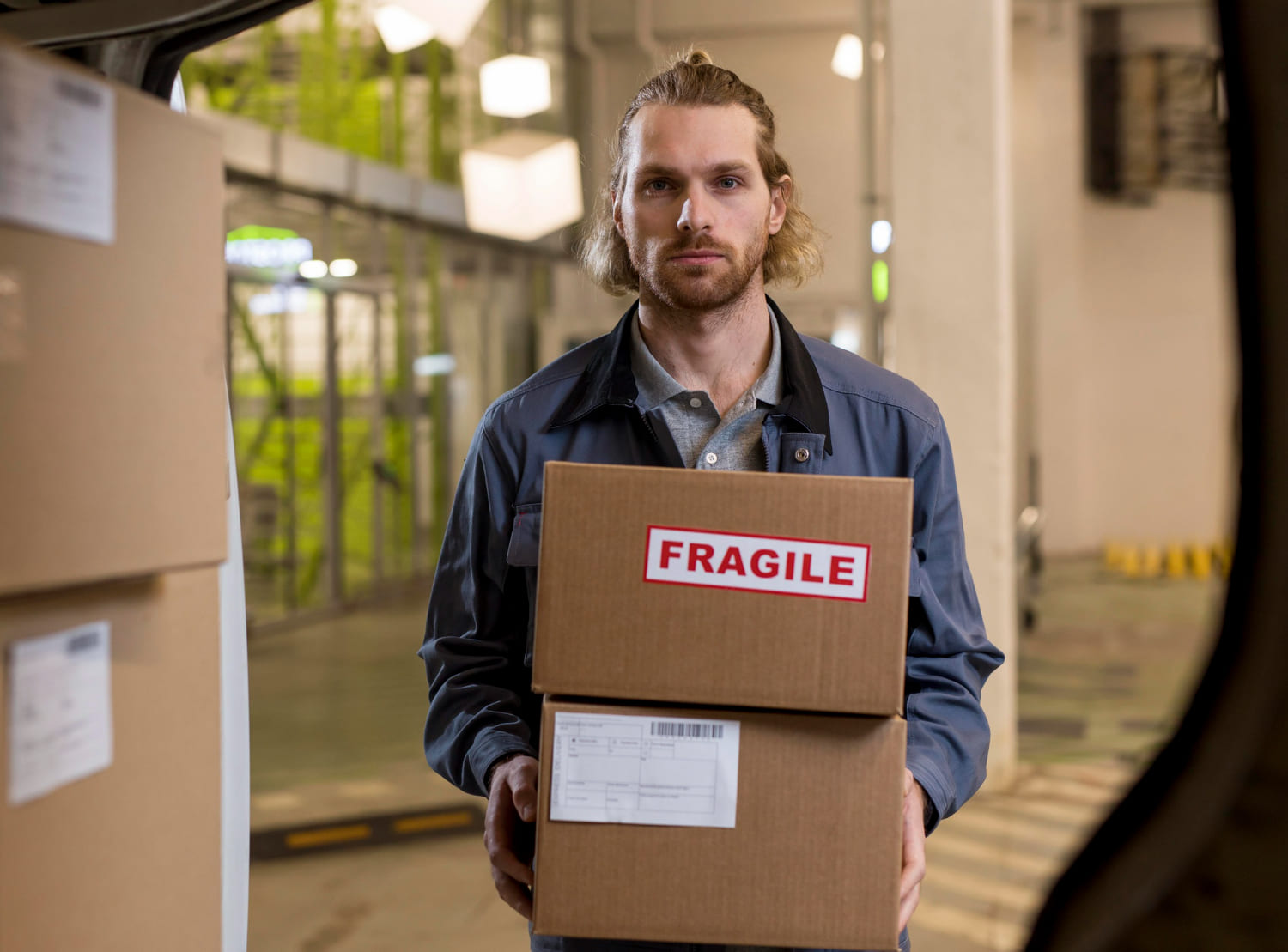Effective Techniques to Reduce Cargo Damage During Transportation


Let’s be honest—damaged cargo is one of the fastest ways to lose money and trust. You spend all this time planning routes, booking space, optimizing loading... and then the product shows up with dents, cracks, busted seals—or worse, someone’s just written “REJECTED” across the delivery slip. Not a great look. And the worst part? It’s usually preventable.
Whether you’re shipping coffee machines, car parts, or frozen shrimp—there are ways to protect your cargo that don’t involve wrapping everything in bubble wrap and hoping for the best. Let’s walk through the techniques that actually work, based on real-world experience—not just theory.
1. Pack smarter (not just tighter)
Good packaging is like good coffee: you only notice it when it's bad. The biggest mistake? Thinking more tape = more protection. Spoiler: it doesn’t. What matters more:
- Use cargo-specific packaging (especially for fragile or high-value items)
- Reinforce weak points—corners, seams, lids
- Leave a bit of shock absorption space—don’t pack it like you’re trying to fit your life into a carry-on
- For pallets: stack in columns, not pyramids. Pyramids shift. Columns stay put.
We’ve seen beautifully loaded trucks undone by flimsy boxes that couldn’t handle a bump in the road. Literally.
2. Use proper dunnage and void fill
No, newspaper isn’t a shock absorber. Dunnage is the unsung hero of damage control. And we’re not just talking about airbags or foam peanuts. Think:
- Inflatable dunnage bags to stop side movement
- Corrugated inserts to separate layers
- Honeycomb panels or edge protectors for palletized cargo
- Anti-slip sheets for floor-loaded goods
The goal? Stop the load from playing pinball every time the driver hits the brakes.
3. Secure the load like it’s going into battle
Because sometimes... it kind of is. Sudden stops, sharp turns, potholes, high winds—they all test your load stability. The answer? Secure like your reputation depends on it. Because it does.
Checklist:
- Use ratchet straps, not bungee cords from someone’s garage
- Stretch wrap everything that moves (and we mean everything)
- Block and brace inside containers or trailers
- And most importantly—train your team to do this consistently
Damage often comes from “just this once” or “we didn’t have time.” Trust us, it’s worth making time.
4. Label everything like you expect no one to read it (but they might)
Fragile. This side up. Do not stack. Yes, sometimes it feels like shouting into the void. But the few times it works? It can save thousands. Literally. And more importantly, proper labeling helps your own team during unloading and inventory. Avoids confusion, wrong placement, or someone balancing a pallet of bricks on top of light bulbs.
5. Don’t ignore temperature control
Quick reminder: heat, cold, humidity—they’re cargo killers too. If you’re moving perishables, electronics, pharmaceuticals, or anything sensitive:
- Use reefers with calibrated thermostats
- Install temperature monitors and actually check them
- Load fast to avoid temperature drift (especially on summer asphalt)
- Plan routes to avoid delays—because a four-hour wait at a border crossing in the sun? That’s a problem.
We’ve seen frozen goods arrive half-thawed because the reefer door wasn’t fully closed. Sounds silly, but it happens.
6. Train like damage costs you money—because it does
Most damage isn’t caused by bad roads. It’s caused by good people who didn’t know better. One wrong forklift move, one poorly tied strap, one rushed load... and boom—claims, complaints, chaos.
Make training part of the routine:
- Loading/unloading best practices
- Securement methods by cargo type
- What to double-check before hitting the road
(Also: give drivers a say. They usually know when something looks sketchy, even if nobody listens.)
7. Inspect, photograph, repeat
You know what beats arguing over a damage claim? Proving it wasn’t your fault.
Do this:
- Photo the cargo before it ships
- Photo it after loading
- Get signatures on conditions
- If anything looks iffy—document it. Right then.
It’s extra work, yes. But it saves hours (and dollars) later when someone says, “It was fine when we loaded it.”
Final thought
You can’t bubble-wrap the whole supply chain. But you can build a damage-prevention routine that actually works—if you treat it as part of the job, not an afterthought. And once it’s in place? You get fewer complaints, fewer claims, happier customers, and a team that actually takes pride in doing it right the first time. Worth it.

